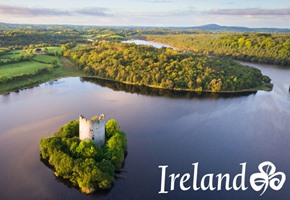
The Four Corners of Ireland
09/10/2018 · By Lorna Heatley
Are you wanting to visit a country filled with history, beauty, culture, and rich traditions? There is almost too much to do in Ireland!
Read moreWith its myriad of cultural offerings, historical monuments and famed entertainment scene, Dublin is truly one of Europe's finest cities, brimming with things to see and do. Dublin originally grew around the ford over the River Liffey. After being raided by the Vikings, the city changed hands in the Norman Invasion of 1169. This period saw the construction of the cultural behemoths of Dublin Castle and St Patrick's Cathedral, and ushered in almost 800 years of English rule. By the early 18th century the city was in a poor state of repair, and the Protestant Ascendancy set about creating a modern, Anglo-Irish metropolis.
The result was largely successful; for a time Dublin was the second-largest city in the British Empire, and the grand townhouses set around charming landscaped squares and spread of attractive cobbled streets can still be found today. From the Act of Union in 1801 until about the 1960s Dublin faced its most difficult period, with civil unrest and stages of poverty. Yet it has come through these turbulent times to become a magnificent attraction, a vibrant, modern capital, and now a truly world-class city.
Find out more with a free brochure and enjoy weekly travel inspiration and offers in our e-newsletter.
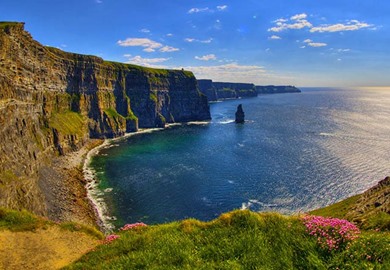
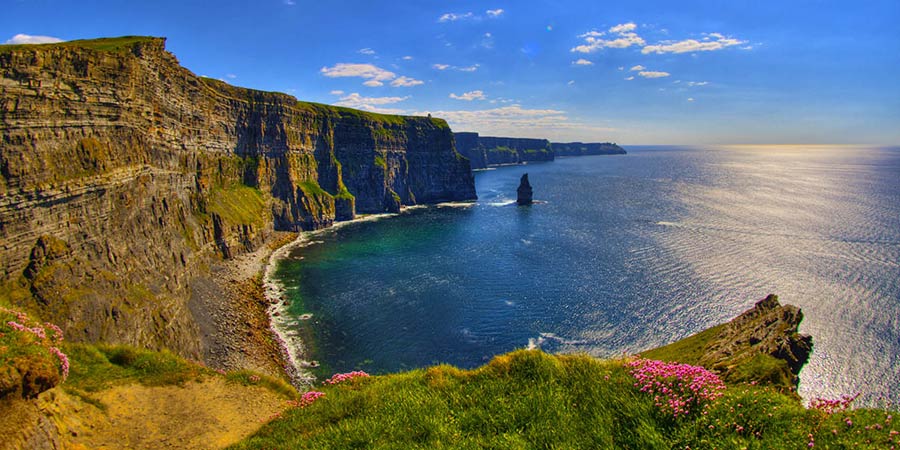
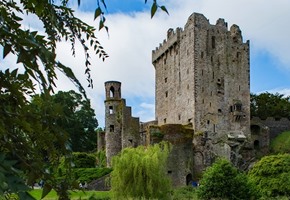
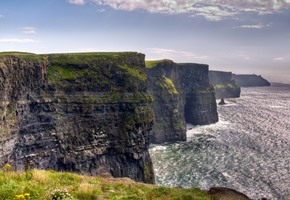
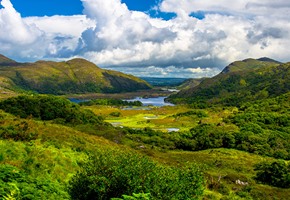
 (52 reviews)
(52 reviews)Boasting rugged coastlines, rolling hills, dramatic castles and a culture rich in mythology; the Emerald Isle is as beautiful as it is fascinating. Travel around this captivating country, seeing the iconic Blarney Stone and admiring the natural beauty of the Ring of Kerry and dramatic Cliffs of Moher. Enjoy the scenery during trips in a ...

Housed in a complex of Dublin's most impressive buildings, Trinity College Library is Ireland's largest, and contains a copy of all material published in the country. Beautifully appointed throughout, the library is home to the world-famous Book of Kells, the wonderfully illustrated gospels of the New Testament, created by monks in the 9th century.
Founded in 1191, this magnificent structure is the National Cathedral of Ireland. The imposing grey-stoned building hosts a number of public national ceremonies, and is the final resting place of celebrated author Jonathan Swift.